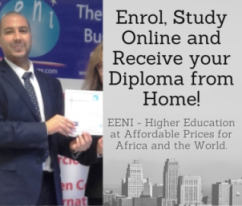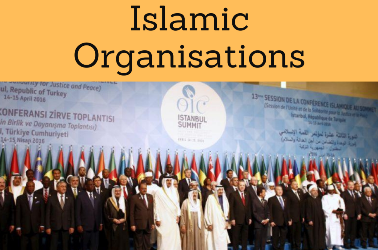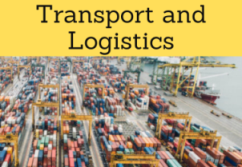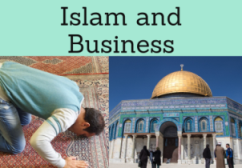Business in the Maldives, Male, Tourism
Maldivian economy and Foreign Trade. The Maldives (Business): fishing, Logistics and tourism
Tourism and fishing sector: 40% of the Maldivian GDP
- Introduction to the Republic of Maldives (Asia)
- Maldivian Economy
- Foreign Trade of the Maldives
- Asia-Africa Growth Logistics Corridor
- Investment in the Maldives
- Business Opportunities in the Maldives
- Tourism sector
- Fishing sector
- Case Study: Villa Shipping and Trading Company. Mr Qasim Ibrahim
- Access to the Maldivian Market
- Business Plan for the Maldives


The educational aims of the Subject “Foreign Trade, Logistics and Business in Maldives” are:
- To analyze the Maldivian Economy, Logistics and Global Trade
- To conduct research on business opportunities in Maldives
- To explore the Maldivian trade relations with the student's country
- To learn about Maldivian Trade Agreements
- To examine the profile of Maldivian companies
- To develop a business plan for the Maldivian Market

The Subject “Foreign Trade, Logistics and Business in the Maldives” is included within the curriculum of the following academic programs at EENI Global Business School:
Masters: International Business, Foreign Trade.


Masters adapted to  Maldivian Students.
Maldivian Students.
Credits of the Subject “Doing Business in the Maldives”: 1 
International Trade, Logistics and Business in the Maldives.

Maldivian Preferential Access and Trade Agreements:
- The Maldives and the Central Eurasian Economic Area
- South Asian Association for Regional Cooperation
- South Asia Economic Cooperation (SASEC)
- Asian Clearing Union
- Trade Agreement with India
- Islamic Trade Preferential System
- Islamic Centre for Development of Trade
- Indian-Ocean Rim Association

- World Trade Organization (WTO)
- Agreement on Trade in Services (GATS)
- Agreement on Sanitary Measures
- Agreement on Technical Barriers to Trade
- Agreement on Preshipment Inspection
- Agreement on Safeguards
- Trade Facilitation Agreement
- World Customs Organization (WCO)
- Kyoto Convention
- International Maritime Organization
- Customs Convention on Containers - not a member
- Istanbul Convention - not a member

- Islamic Development Bank
- Organization of Islamic Cooperation (OIC)
- Committee for Economic Cooperation
- Islamic Chamber of Commerce
- Islamic Centre for Development of Trade
- Economic Centre for Islamic Countries
- Asia-Middle East Dialogue

- Boao Forum for Asia
- Colombo Plan
- Africa-Asia Partnership
- Asia Cooperation Dialogue
- Economic Commission for Asia (ESCAP)
- Asian Development Bank

- United Nations
- World Bank
- World Trade Organization (WTO)
- International Monetary Fund
- Maldivian Population: 350,000
- 79% under thirty-five years of age
- Literacy rate: 98%
- Maldivian capital: Male
- Maldivian official language: Dhivehi (Thaana Script), the majority of the Maldivians speaks English
- More than 1,190 Islands
- Tropical climate
- Maldivian Independence: 1968 (United Kingdom)
- Sunni Islam is the official religion
- Neighboring countries (by Sea): India, Sri Lanka, Indonesia, and the Seychelles
The Maldives belongs to the Central Eurasian Economic Area (Islamic Civilization).
Maldivian Economy.
- Main economic sectors are tourism and fishing (40% of GDP)
- Total imports: 60% of the Maldivian GDP
- Maldivian Petroleum: 31% of total imports
- Maldivian Currency: Rufiyaa
- Special Economic Zones
- Recent investments (FDI): Hilton, Four Seasons, Club Med, KPMG, and Price Waterhouse
- The largest port in the Maldives: Male. Future Port of Thilafushi
- The Maldives has not mineral resources
- Risk of natural disasters

International Trade of the Maldives.
- Top Maldivian export markets: China, Kazakhstan, Turkey, and Bangladesh
- Top Maldivian import suppliers: China, Russia, South Korea, Kazakhstan, Germany, and Turkey
(c) EENI Global Business School (1995-2025)
Top of this page









 WhatsApp
WhatsApp


